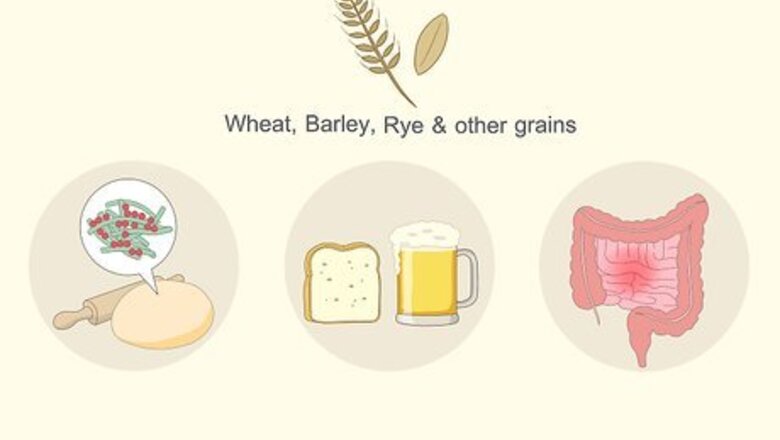
views
Understanding Your Symptoms
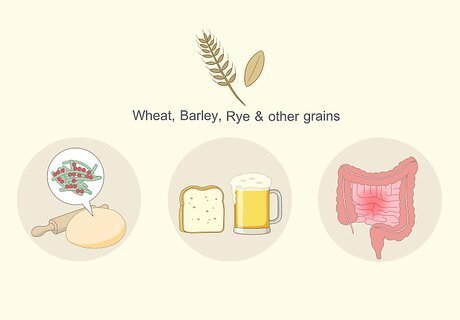
Learn what gluten is and how it affects people. Gluten is a protein found in wheat, barley, rye, and other grains. Gluten gives bread dough its elastic "doughy" quality. Many commercial foods contain gluten. There is gluten in all wheat bread and other wheat-based products. That includes things like certain processed meats, condiments, soups, beer, and even make-up. Some people have difficulty processing gluten, which can cause the small intestine to become inflamed over time. This can lead to a variety of problems including malabsorption and chronic diarrhea or pain. Most gluten absorption problems are quickly healed by adopting a gluten-free diet.

Learn the variety of possible gluten sensitivities. Celiac disease is a potentially serious auto-immune disease that affects the small intestine's ability to process gluten. Your doctor can test you for Celiac. But not everyone who is sensitive to gluten will test positive for Celiac disease, despite having similar symptoms and responding well to a gluten-free diet. This is why it's important to visit a doctor and secure a diagnosis. Non-celiac gluten sensitivity is characterized by symptoms similar to Celiac disease, but without the intestinal damage associated with Celiac. Sometimes, a gluten sensitivity can come and go, so your symptoms may alleviate over time. Most people with gluten sensitivities respond immediately to a gluten-free diet. There is no test way to test for non-Celiac gluten sensitivity. "Wheat allergies" are potentially very serious and are typically diagnosed in childhood. Wheat allergies require a different set of tests, which your doctor can perform. If you have a wheat allergy, you need to avoid wheat products and food that was processed around wheat.
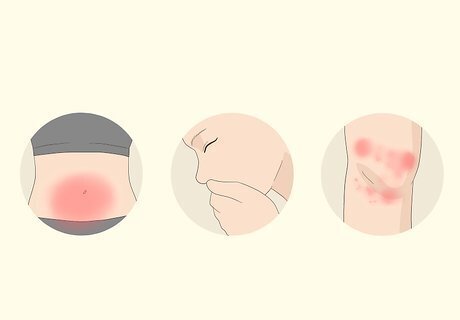
Watch for the common symptoms. Gluten intolerance affects your digestive system. The most common symptoms of gluten intolerance are abdominal pain, diarrhea or constipation, and bloating. These symptoms can also be signs of many other afflictions. The symptoms can be vague, and some people have no symptoms. Common symptoms of gluten problems include: Abdominal bloating Abdominal pain Persistent diarrhea or constipation Vomiting Pale, foul-smelling, fatty stools Weight loss Fatigue Irritability Failure to thrive in children ADHD Persistent rash on the elbows and knees EXPERT TIP Katie Marks-Cogan, MD Katie Marks-Cogan, MD Board Certified Pediatric & Adult Allergist Dr. Katie Marks-Cogan is a board certified Pediatric & Adult Allergist at Clear Allergy based in Los Angeles, California. She is the Chief Allergist for Ready, Set, Food!, an infant dietary supplement designed to reduce the risk of childhood food allergies. She received her M.D. with honors from the University of Maryland. She then completed her residency in Internal Medicine at Northwestern University and fellowship in Allergy/Immunology at the University of Pennsylvania and CHOP. Katie Marks-Cogan, MD Katie Marks-Cogan, MD Board Certified Pediatric & Adult Allergist Each gluten-related disorder can give you different symptoms. If you have a wheat or barley allergy, you might have hives, swelling, trouble breathing, or anaphylaxis. If you have Celiac disease, you can experience diarrhea, abdominal pain, or chronic anemia. Non-Celiac gluten sensitivity can give you similar symptoms as Celiac disease like diarrhea and abdominal pain.
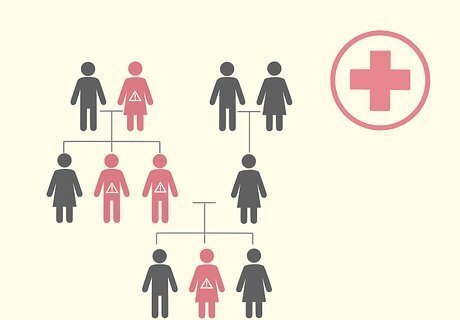
Always get tested for Celiac if there is a family history. Celiac disease runs in families. If you have a direct relative who has Celiac, you're much more likely to have or to develop a sensitivity sometime in the future. It's important to get tested promptly, if your relative has Celiac.
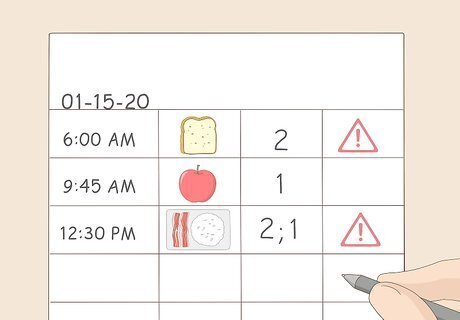
Keep a food diary to see how gluten affects you. If you've been having digestive problems, it's a good idea to start keeping a food diary. Write down everything that you eat each day, including the amount of the food and the time that you eat it. If you start experiencing pain, or other symptoms of celiac, write them down in your journal as well. This can be helpful at the doctor.
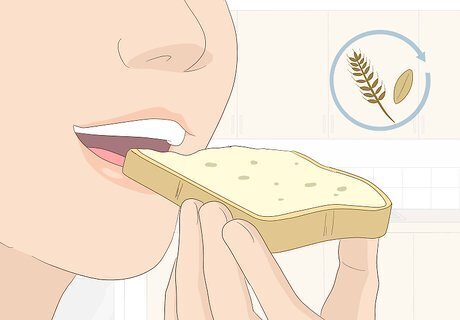
Continue eating gluten. Gluten must be present to diagnose you with Celiac disease. If you start going gluten-free now, it will make it very difficult to get a diagnosis. This can be a frustrating and confusing experience. Keep eating normally and schedule an appointment with your doctor as soon as possible. If you're diagnosed, most people report that their symptoms are alleviated in only a few days after starting a gluten-free diet. Eat however makes you feel good, but make sure that you know gluten needs to be present to confirm Celiac disease.
Getting Tested
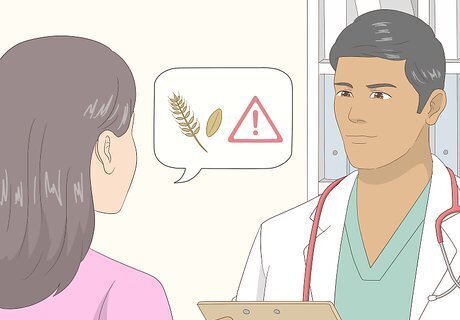
Talk to a family doctor about your concerns. If you suspect you may have a sensitivity to gluten, bring up your concerns with your doctor. Receive a physical examination to check for signs of swelling and other physical problems. You'll also probably do a complete metabolic panel to check your blood count and organ function. Bring in your food diary, and be as detailed as possible. Be clear. If you're worried about gluten, say, "I'm concerned that I may have a gluten problem and I'd like to be tested for it." Don't leave it up to your doctor to guess.

Get a referral to a gastroenterologist. If your GP can't find anything to account for your symptoms, you will be referred to a specialist for treatment and further testing. Abdominal problems are usually quite complicated, and the symptoms can be indicative of lots of different things, so it's important to consult a specialist for more specific testing. Why not go straight to the gastro specialist? It's important to get a once-over from your regular doctor to rule out other possible concerns and receive guidance in this matter. The symptoms of gluten intolerance can be any number of different things, some serious and some not. Eliminate these possibilities first.
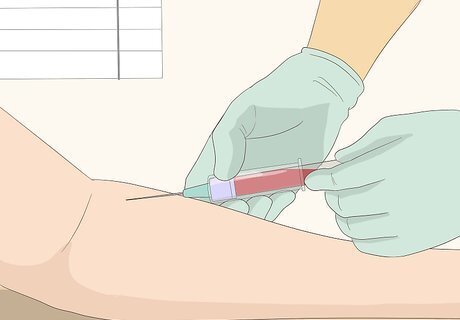
Get your blood tested for antibodies. Most doctors and experts recommend a TG test as the most reliable blood test for Celiac, which should be the first step in testing. Some doctors may also order a more comprehensive panel to check for your overall organ function and health, which may suggest a variety of things. The process is as easy as giving blood, and should only take 10-15 minutes. Most insurance plans cover this test in whole or part.
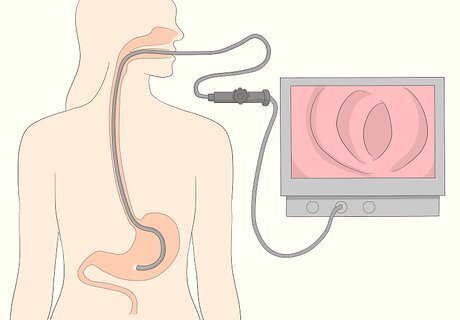
Undergo an endoscopy and biopsy. A sample of tissue from the walls of the small intestine is the most accurate way to diagnose Celiac disease. This is a relatively simple procedure that takes less than 20 or 30 minutes in most cases. After being sedated, an endoscope is introduced into the small intestine from the mouth. A small tissue sample is taken to see if the villi have been destroyed by an allergic immune response. If so, this is a strong indicator of Celiac, along with the presence of antibodies. Endoscopes are very common and very safe. It's also an excellent way to check for other issues that may account for your symptoms, including gastritis, ulcers, or other stomach problems.
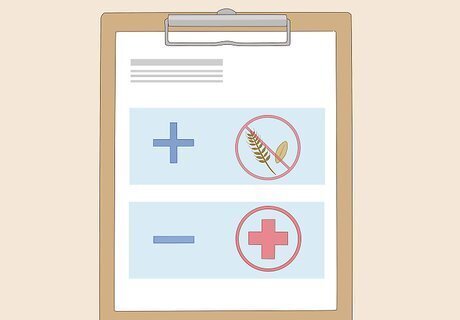
Get a diagnosis. Your blood-work and biopsy should yield information that will result in a positive or negative diagnosis for Celiac disease. If you tested positive, you need to adopt a gluten-free diet immediately. If you tested negative, talk to your doctor about other possibilities and whether or not you might be non-Celiac gluten sensitive. Do not attempt to "test" yourself. Lots of people read an article about gluten intolerance and decide they've got it without consulting a doctor. Celiac disease is a serious auto-immune problem, and requires a clinical diagnosis. If you start avoiding gluten actively, it can make it much more difficult to receive that diagnosis. If you tested negative for Celiac, fight for some diagnosis. If you're still experiencing symptoms, talk to your doctor about other testing options and other causes that could result in your symptoms. Get a second opinion if necessary.
Moving Forward

Adopt a gluten-free diet if you test positive for Celiac. If you have Celiac disease, the only way to heal your small intestine is to avoid products that contain gluten entirely. Most patients report that immediately eliminating gluten from their diet achieves results in a few weeks, with some responding as quickly as a few days after going gluten-free. In the short term, it's often best to avoid lactose and dairy for a while. If your small intestine has been worn down, you'll have difficulty processing this as well. In most cases, you can gradually introduce dairy back into your diet. Fortunately, it's easier than ever to find a variety of nutritious and tasty gluten-free meal options, products, and restaurants in most places.
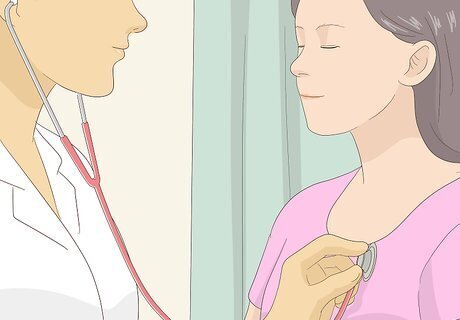
Follow up with your doctor. If you have Celiac disease, it's important to schedule regular follow-ups with your doctor to make sure that you're responding well to your lifestyle changes. Keep track of any changes in your symptoms and make sure that you visit with your doctor regularly to stay on top of your disease. Your doctor may recommend that your follow-up with a nutritionist as well, to make sure that you're supplementing you diet with enough vitamins and minerals to keep your healthy during your transition.
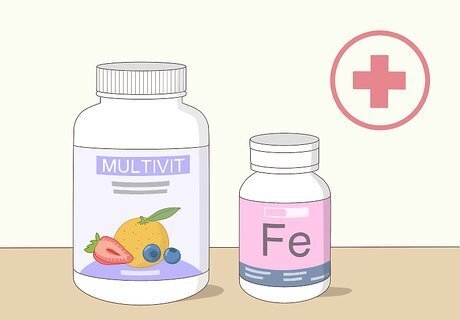
Take Vitamin supplements if necessary. If you've had Celiac disease for a long time, you might have developed some vitamin and mineral deficiencies, making it important to supplement your diet. Consult your doctor or a nutritionist and receive regular follow-ups to check your blood count. Iron, folate, and B12 are common supplements recommended for the gluten intolerant. In most cases, a multivitamin is sufficient.
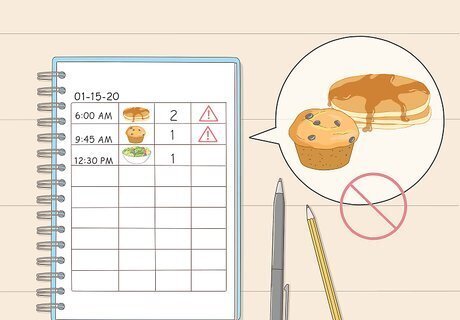
Avoid foods that bother you, if you're sensitive to gluten. If you test negative for Celiac, but still seem to have difficulty processing gluten, avoid the foods that bother you. Different people will struggle with different kinds of foods, so try keeping your food diary regularly and cutting the things that make you sensitive. Try an experiment: If you have a down day, check out what you ate recently and try avoiding those foods for the next couple of days to see if you get better. Then try them again. Do your symptoms return? If so, it may be best to avoid those foods going forward. Try avoiding processed and bleached wheat flour, which is a common complaint among the gluten sensitive.




















Comments
0 comment